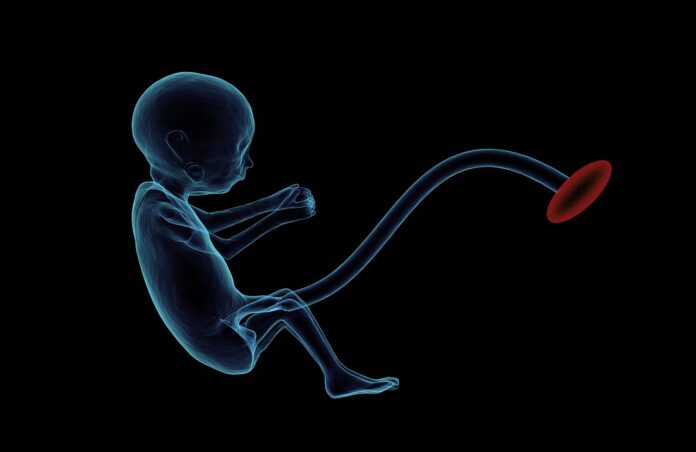In Vitro Fertilization (IVF) is a medical procedure that helps couples with difficulty conceiving to become pregnant. It involves taking eggs from the woman’s ovaries, or using frozen donor eggs, and fertilizing them outside her body in a laboratory setting. The resulting embryos can then be transferred back into her uterus, where they can develop into healthy babies. IVF is one of the most successful fertility treatments available today, with millions of successful births around the world since its introduction in 1978. It offers hope for many infertile couples with no other options for starting or expanding their family. Here’s a closer look at how IVF works.
Stimulation of Woman’s Ovaries
To perform the in vitro fertilization (IVF) procedure, the woman’s ovaries must first be stimulated. The IVF timeline often starts with a period of ovarian stimulation, which can last anywhere from 8-14 days. This is done by administering hormones that help produce multiple eggs at once, increasing the chances of successful fertilization and implantation.
The hormones used in this step can cause side effects such as bloating, abdominal pain, mood swings, or headaches. During the stimulation period, women need to rest as much as possible so their bodies can handle all the changes inside them. Once enough eggs are produced, they will be ready for retrieval from her ovaries via a minor surgical procedure known as an oocyte collection or egg pick-up (EPU).
Eggs Retrieval and Fertilization
The eggs are removed from the woman’s ovaries using a needle passed through her vagina and abdominal wall. An anesthetic will be administered before this step to ensure she feels minimal discomfort. Once the eggs have been collected, they are placed in a dish with sperm and left to fertilize. The sperm will penetrate the egg and fertilize it, which can take several hours to days.
The eggs are monitored closely during this time to ensure that fertilization is taking place. If successful, the fertilized eggs will divide and form embryos. These embryos will then be examined for quality and health before being frozen or transferred back into the woman’s uterus. Alternatively, they can be donated to another couple or individual in need of assisted reproductive technology (ART).
Embryo Transfer and Implantation
After being thawed or freshly created, the embryos are ready for implantation. This process involves placing them into the woman’s uterus using a fine catheter guided through the cervix. The embryos will then attach to the uterine wall and begin to develop; this is a crucial step in the IVF process as it increases the chances of conception.
The woman’s doctor may recommend taking hormones for several weeks before implantation to prepare her uterus for pregnancy. After the embryos have been transferred, blood tests and ultrasounds are performed to check for signs of implantation. If successful, she will become pregnant and continue her pregnancy as normal.
In Vitro Fertilization is a complex procedure that involves many different steps. However, it offers hope to many couples who may not have been able to conceive otherwise. It is a reliable and successful treatment, resulting in millions of healthy babies. Suppose you are considering IVF as an option for starting your family. In that case, it is important to talk to a doctor about all the risks, costs, and benefits associated with the procedure. With proper guidance and care, this could be the beginning of your journey to becoming a parent.


